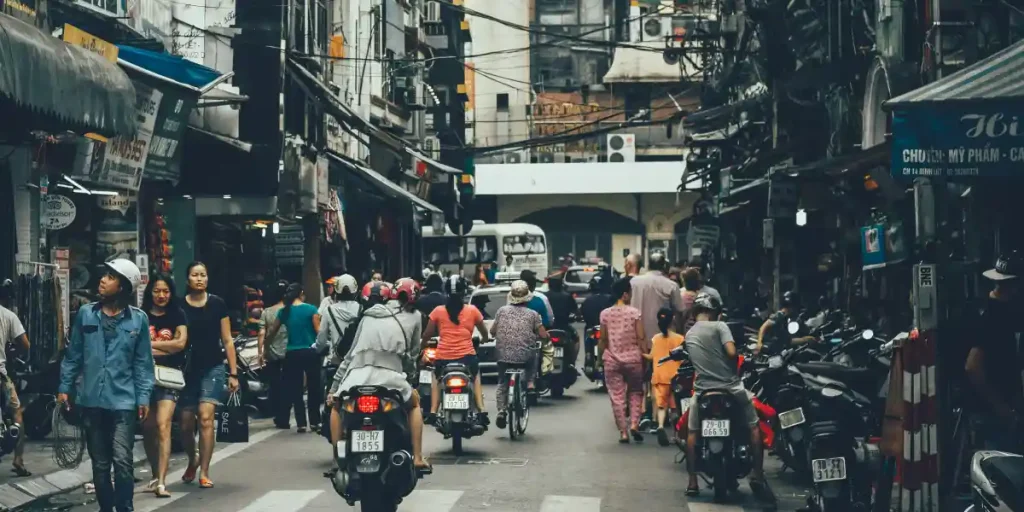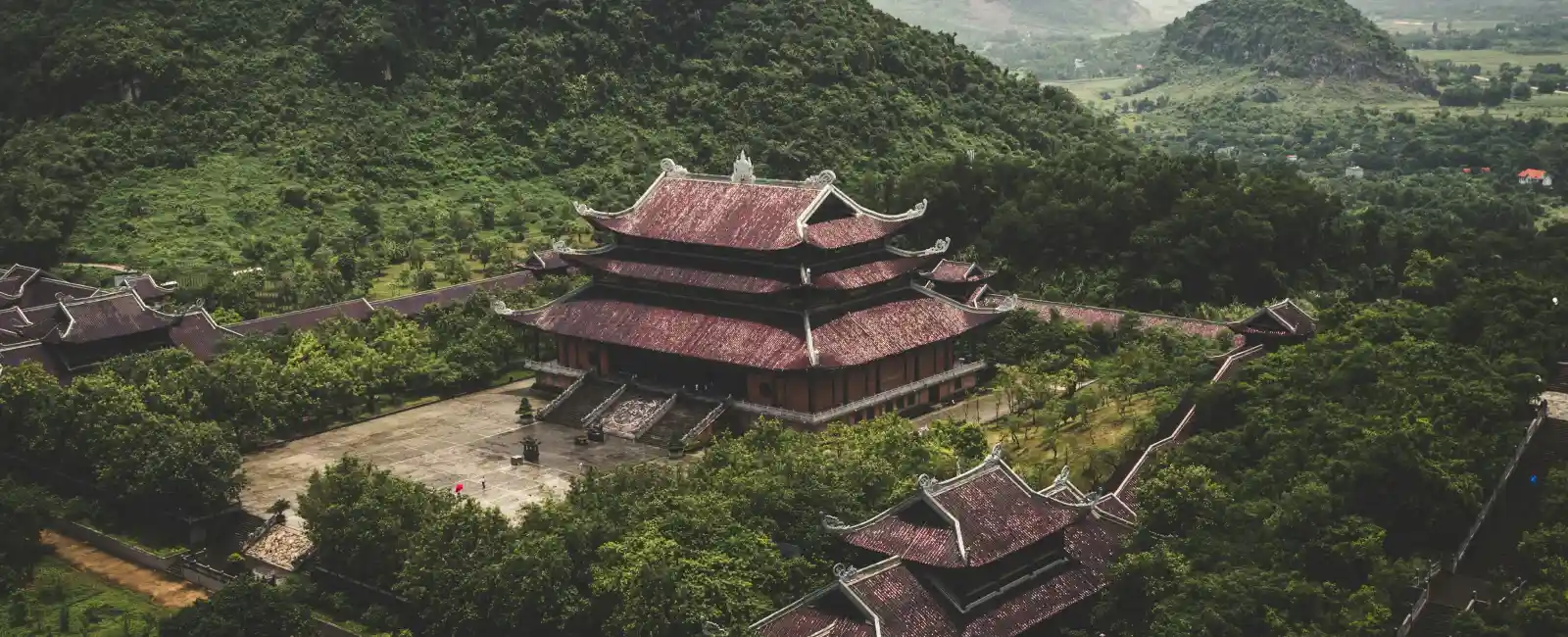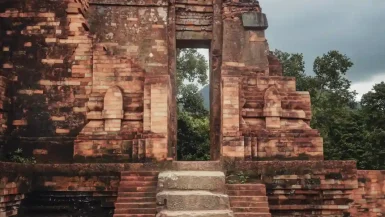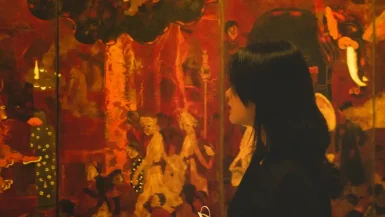Vietnam is a fascinating country. It’s known for its rich culture, history, and landscapes. However, for many tourists, some things can be quite strange in Vietnam. In this article, we’ll explore the unique and unusual aspects of Vietnam that surprise and intrigue visitors. From unusual traffic patterns to unique coffee traditions, there are many strange things in Vietnam for tourists to discover.
Unusual Traffic and Transportation
Chaotic Traffic
One of the first things tourists notice is the traffic. It seems chaotic. Motorbikes dominate the roads. They weave in and out of traffic with ease. This sight can be overwhelming for first-timers. There are few traffic lights and even fewer rules. Drivers often honk their horns continuously. This is not out of anger. It’s more a way of communicating on the road. Crossing the street can feel like an extreme sport. The trick is to walk slowly and steadily. Motorbikes will flow around you like water.
Unique Transportation Modes
In addition to motorbikes, other unique transportation modes exist. Cyclos, or bicycle rickshaws, are common in cities like Hanoi and Ho Chi Minh City. These three-wheeled vehicles offer a slower, scenic way to travel. You can also see unusual cargo on motorbikes. It’s not strange to see a family of four on one bike. Nor is it strange to see someone transporting a large mirror or even livestock.
Strange and Delicious Food
Exotic Dishes
Vietnamese cuisine is famous worldwide. Yet, some dishes may seem strange to tourists. For example, balut, a developing duck embryo boiled and eaten from the shell, is a local delicacy. Another unique dish is snake wine. It’s rice wine with a whole snake inside. Locals believe it has health benefits. Tourists might also find insects on the menu. Fried crickets and silk worm larvae are common snacks.
Street Food Culture
Street food is an integral part of Vietnamese culture. In many countries, street food is just a quick snack. In Vietnam, it’s a way of life. Street vendors set up small plastic stools and tables on sidewalks. They serve everything from pho to banh mi. Tourists might find it strange to eat on the street. However, it’s where you find the most authentic and delicious food. Don’t be surprised if you see locals sitting on tiny stools, eating a full meal right next to the road.
Unique Cultural Practices
Egg Coffee
One of the strange things in Vietnam is unique coffee culture that fascinates many tourists. Egg coffee, or “ca phe trung,” is a must-try. This unusual beverage originated in Hanoi in the 1940s.To make egg coffee, you whisk egg yolks with sugar and condensed milk until frothy. Then, you pour this mixture over a strong brew of robusta coffee. The drink is typically served hot, in a small cup, often set in a bowl of hot water to maintain its temperature. Some places also offer a cold version, where the coffee is poured over ice. The unique texture and flavor of egg coffee surprise many tourists. It’s both sweet and bitter, with a custard-like consistency that feels more like a dessert than a drink.
Weasel Coffee
Another unusual coffee that tourists find intriguing is weasel coffee. This coffee is made from beans eaten and excreted by civet cats. The digestive process is said to enhance the flavor of the beans. Weasel coffee, also known as “kopi luwak,” is considered one of the most expensive coffees in the world. The fermentation process inside the civet’s stomach alters the beans, producing a unique taste profile. The beans are collected, thoroughly cleaned, and roasted. The resulting coffee has a smooth, rich flavor with a distinct aroma. While some find the concept off-putting, many coffee enthusiasts consider it a delicacy. However, it’s important to be aware of ethical considerations. Some producers keep civets in captivity under poor conditions. Therefore, it’s best to seek out ethically sourced weasel coffee from reputable sellers.
Vietnamese Iced Coffee
Vietnamese iced coffee, or “ca phe sua da,” is another popular beverage. It’s a strong coffee brewed with a small metal drip filter, called a “phin.” The coffee slowly drips into a glass containing sweetened condensed milk. Once brewed, the coffee is stirred and poured over ice. The combination of strong, dark coffee and sweet milk creates a deliciously refreshing drink. This coffee is perfect for Vietnam’s hot climate and is widely available at street stalls and cafes.
Coconut Coffee
Coconut coffee, or “ca phe cot dua,” provides another unique twist on Vietnamese coffee. This drink combines robusta coffee with coconut milk and condensed milk. People often blend the mixture with ice to create a frothy, refreshing beverage. The tropical flavor of coconut coffee appeals to many tourists. This drink enjoys particular popularity in coastal regions like Da Nang and Nha Trang.
Yogurt Coffee
Yogurt coffee, or “sua chua ca phe,” is an unusual yet delightful concoction. It combines Vietnamese coffee with creamy yogurt. This might sound strange to some, but the tanginess of the yogurt complements the bitterness of the coffee perfectly. It’s usually served cold, making it a refreshing treat on a hot day.
Salt Coffee
Salt coffee, or “ca phe muoi,” comes from Hue. This unique drink features a pinch of salt mixed with fermented milk in the coffee. The salt enhances the natural sweetness of the coffee, creating a complex flavor profile. People typically serve salt coffee with ice, making it a popular choice in Vietnam’s warm climate.
Coffee Tourism
Coffee tourism is also growing in Vietnam. Many tourists visit coffee plantations in the Central Highlands, especially around Da Lat and Buon Ma Thuot. These regions are known for their ideal coffee-growing conditions. Visitors can tour plantations, learn about coffee cultivation, and sample various coffee types. It’s an educational and enjoyable experience for coffee lovers. You can see the entire process, from bean to cup, and gain a deeper appreciation for Vietnamese coffee culture.
Coffee Shops
Vietnamese coffee shops also offer a unique experience. They range from tiny street stalls with plastic stools to modern, stylish cafes. Each place has its own charm and ambiance. In cities like Hanoi and Ho Chi Minh City, coffee shops often double as social hubs. People gather to chat, work, or simply relax with a cup of coffee. Some cafes even have live music or art exhibitions, adding to the cultural experience.
Coffee Etiquette
Understanding Vietnamese coffee etiquette can enhance your experience. For example, it’s common to linger over a cup of coffee, enjoying it slowly. This practice contrasts with the fast-paced coffee culture in many Western countries. Sharing coffee is also a social activity. It’s a time to connect with friends and family. So, take your time, savor each sip, and enjoy the moment.
Eating dog meat
One of the most unusual and controversial aspects of Vietnamese cuisine is the tradition of eating dog meat. While this practice might shock many visitors, it has deep cultural roots in certain regions of Vietnam, particularly in the northern part of the country. Historically, eating dog meat is believed to bring good luck, especially during the last month of the lunar calendar, as it is thought to help ward off bad spirits and misfortune. In some communities, dog meat is considered a delicacy, often reserved for special occasions or feasts. The meat is typically prepared in various ways, from grilling and stewing to boiling, and is often accompanied by herbs, rice wine, and other traditional dishes. However, this practice is increasingly becoming a subject of heated debate both within Vietnam and internationally, as animal rights groups advocate for its abolition, and younger generations move away from the tradition in favor of more modern dietary habits. Despite the controversy, the consumption of dog meat remains a vivid example of the complex and diverse culinary traditions that can be found across Vietnam.
Water Puppetry
Water puppetry is a traditional Vietnamese art form. It originated in the rice paddies of northern Vietnam. The puppets perform on water, controlled by puppeteers using rods and strings. The performances depict Vietnamese folklore, history, and daily life. Tourists often find this art form both strange and captivating.
Traditional Medicine
Traditional medicine is still popular in Vietnam. Many tourists find the methods and treatments unusual. Herbal remedies, acupuncture, and cupping therapy are common. Some treatments involve animal parts, like bear bile or snake venom. These practices can be surprising and even controversial to Western tourists.
Everyday Oddities
House Architecture
Vietnamese houses have a unique design. Often tall and narrow, some are only a few meters wide. Historical tax rules based on street frontage influenced this design. As a result, people build houses upward rather than outward. This narrow design maximizes space. Tourists might find it strange to see such skinny buildings, especially in older neighborhoods.
Morning Exercises
In the early morning, parks and public spaces fill with people exercising. This includes tai chi, aerobics, and even ballroom dancing. It’s a communal activity, bringing people together. Tourists may find it odd to see so many people exercising in public spaces at dawn. However, it’s a great way to experience local life and join in if you’re brave enough.
Peculiar Customs and Etiquette
Table Manners
Vietnamese table manners can be different from what tourists are used to. It’s common to make noise while eating. Slurping your noodles or making sounds while eating is acceptable. It’s also polite to pass food with both hands. Placing your chopsticks vertically in a bowl of rice is a bad luck according to vietnamese people. It resembles incense sticks used at funerals.

Personal Space
In Vietnam, people have a different concept of personal space. Public spaces often feel crowded, with individuals standing or sitting close to each other. Tourists used to more personal space might feel uncomfortable. However, this proximity is just a part of daily life in a densely populated country.
Dress Code
While Vietnam is relatively modern, locals still follow conservative dress norms. Tourists might find it strange to see people swimming fully clothed, which is common, especially in rural areas. When visiting temples or pagodas, modest dress is necessary, requiring you to cover your shoulders and knees.
Festivals and Celebrations
Tet Festival
Tet, or the Lunar New Year, is the most important holiday in Vietnam. It’s a time for family reunions and paying respects to ancestors. The celebrations last for several days. Tourists might find the customs during Tet strange. For example, cleaning your house before Tet is essential. Cleaning during Tet is believed to sweep away good luck. Another custom is giving “li xi,” or lucky money, in red envelopes.
Ghost Month
In the seventh month of the lunar calendar, Ghost Month occurs. People believe the gates of hell open, allowing spirits to roam the earth. During this time, they make offerings to appease these spirits. Tourists might see locals burning food, fake money, and other items as offerings. This tradition is both fascinating and eerie.
Unexpected Animal Encounters
Rats and Roaches
In Vietnamese cities, encountering rats and cockroaches is common. This can be unsettling for tourists. These pests are a part of urban life. Street food stalls and markets might have a few uninvited guests. However, locals don’t seem to mind too much.
Unique Pets
Vietnamese people keep some unusual pets. Birds, fish, and dogs are common, but you might also see pet pigs or monkeys. Tourists might find it strange to see someone walking a pig on a leash. Yet, it’s not unheard of in Vietnam.
Uncommon Shopping Experiences
Night Markets
Vietnamese night markets are a unique shopping experience. They come alive after dark, offering everything from clothes to street food. The atmosphere is lively and bustling. Tourists might find the bargaining culture strange. Haggling is expected, and prices are often negotiable.
Unusual Souvenirs
Tourists can find some strange souvenirs in Vietnam. Dried seahorses, snake wine, and traditional medicine are just a few examples. Markets often sell quirky items that you won’t find back home. It’s part of the charm of shopping in Vietnam.
Strange Social Norms
Sitting on the Floor
In many Vietnamese homes, people sit on the floor to eat. Tables and chairs are less common in traditional households. Tourists might find it strange to sit cross-legged while eating a meal. It’s a communal way of dining that brings families closer together.
Avoiding Direct Eye Contact
In Vietnam, people consider direct eye contact rude, especially with elders. Lowering your eyes shows respect. Tourists might find this custom unusual. In many Western cultures, people view making eye contact as a sign of honesty and confidence.
Environmental Oddities
Red River
The Red River, or Song Hong, is a major river in northern Vietnam. It gets its name from the reddish-brown silt it carries. Tourists might find the color strange and wonder if it’s polluted. The river’s color is natural and due to the soil it picks up along its course.
Unique Wildlife
Vietnam is home to some unique and rare wildlife. Tourists might encounter animals they’ve never seen before. For example, the Saola, or Asian unicorn, is one of the world’s rarest mammals. It’s native to the Annamite Range of Vietnam. Other unique species include the pangolin and the red-shanked douc langur.
Strange and Wonderful Vietnam
Vietnam is a land of contrasts and surprises. For tourists, some things might seem strange at first. However, these peculiarities are what make Vietnam so unique and interesting. Embracing the strangeness can lead to a richer, more rewarding travel experience. From the chaotic traffic to the unusual food, every strange thing in Vietnam tells a story. It’s a story of a country with a deep history, vibrant culture, and a way of life that’s different yet beautiful. So, when you visit Vietnam, keep an open mind and embrace the strange. It’s all part of the adventure.



